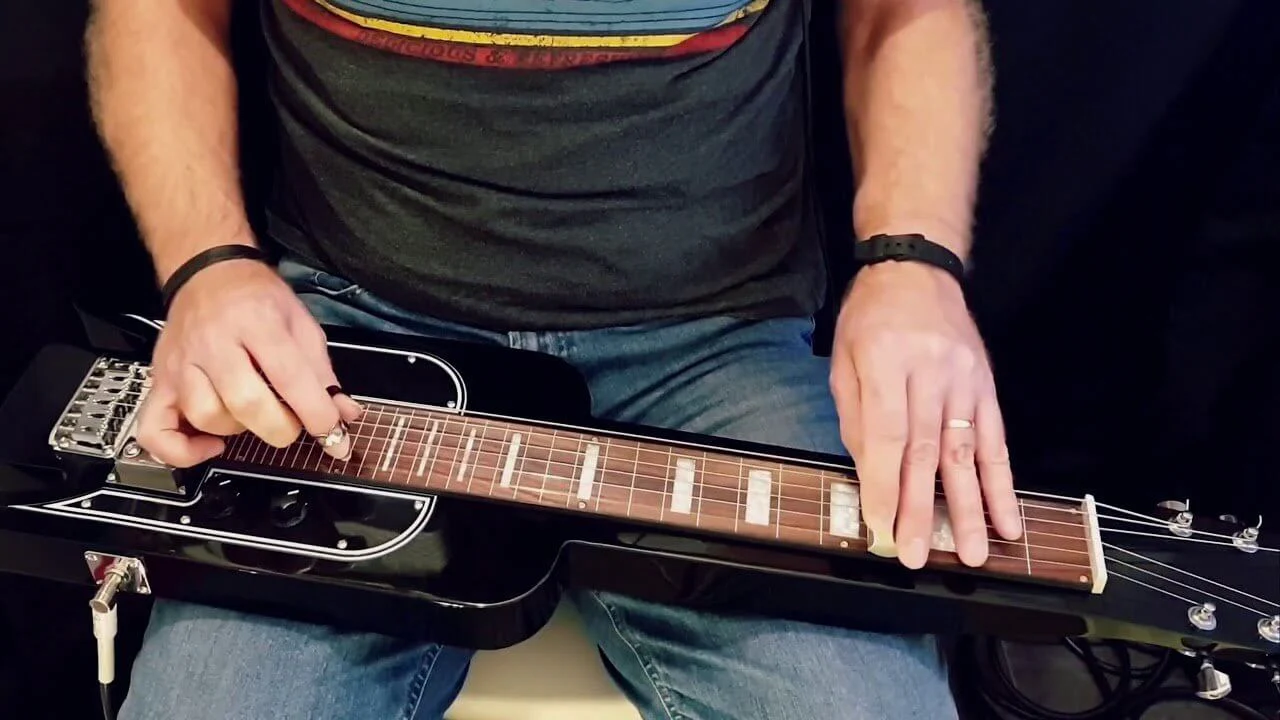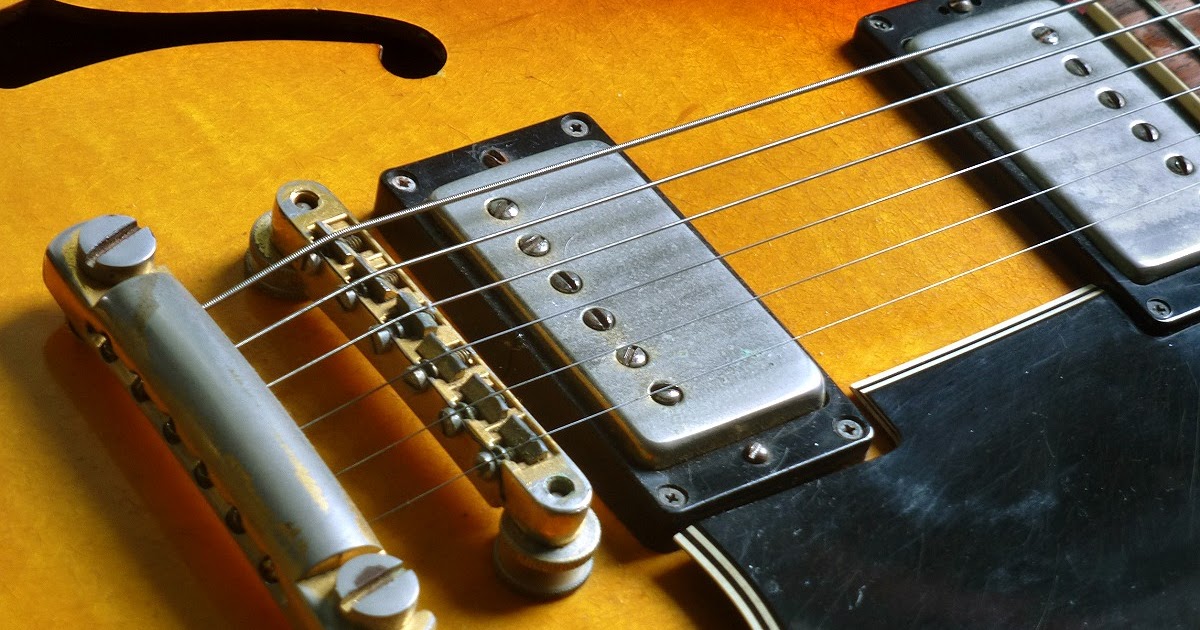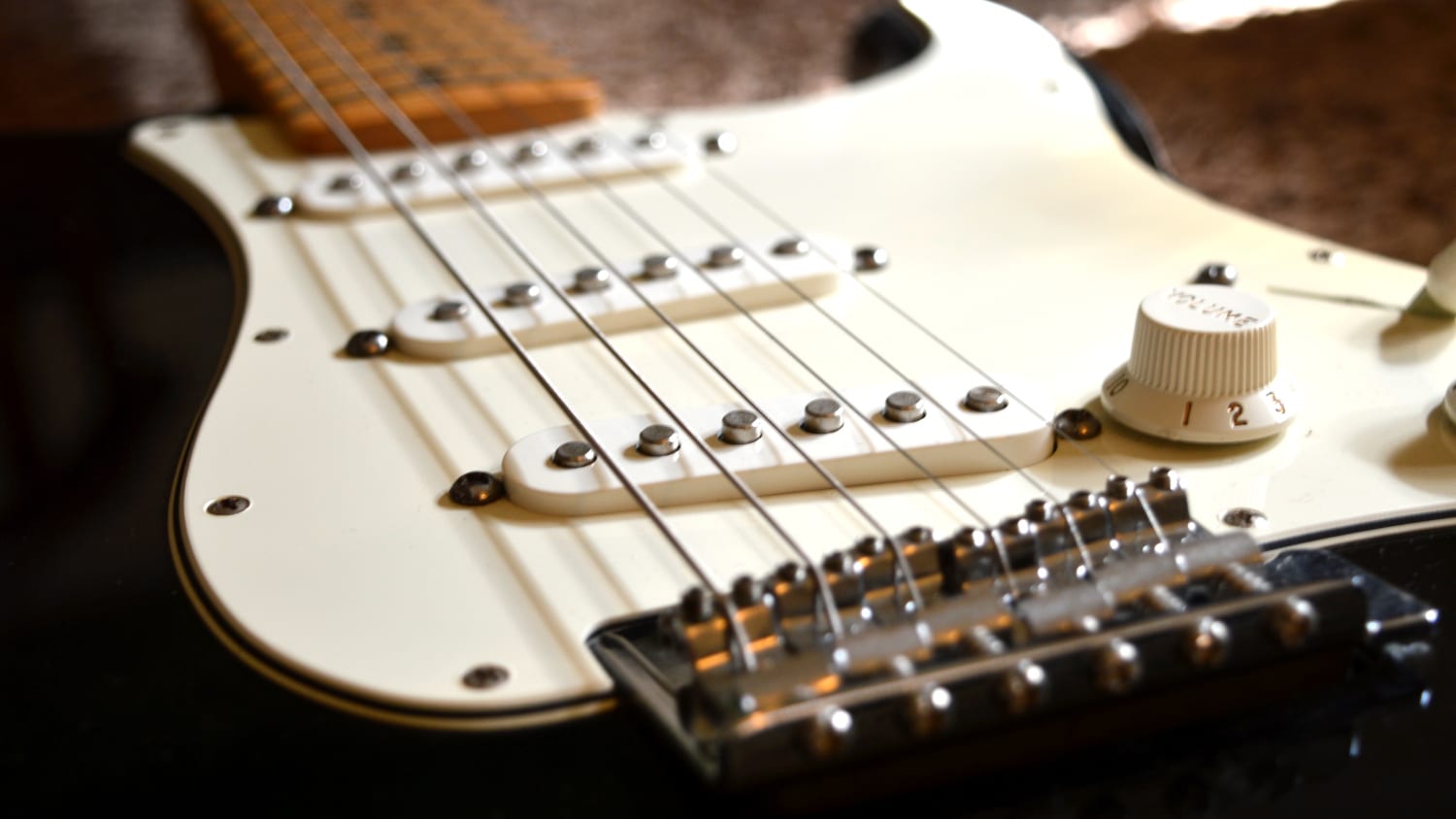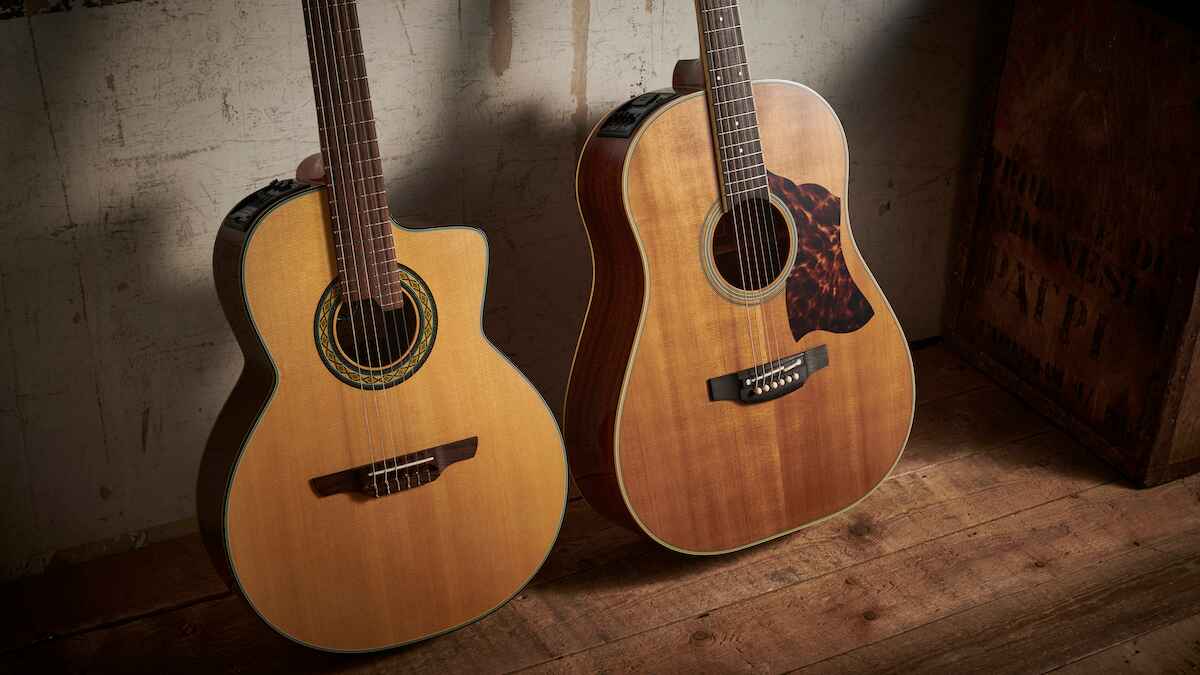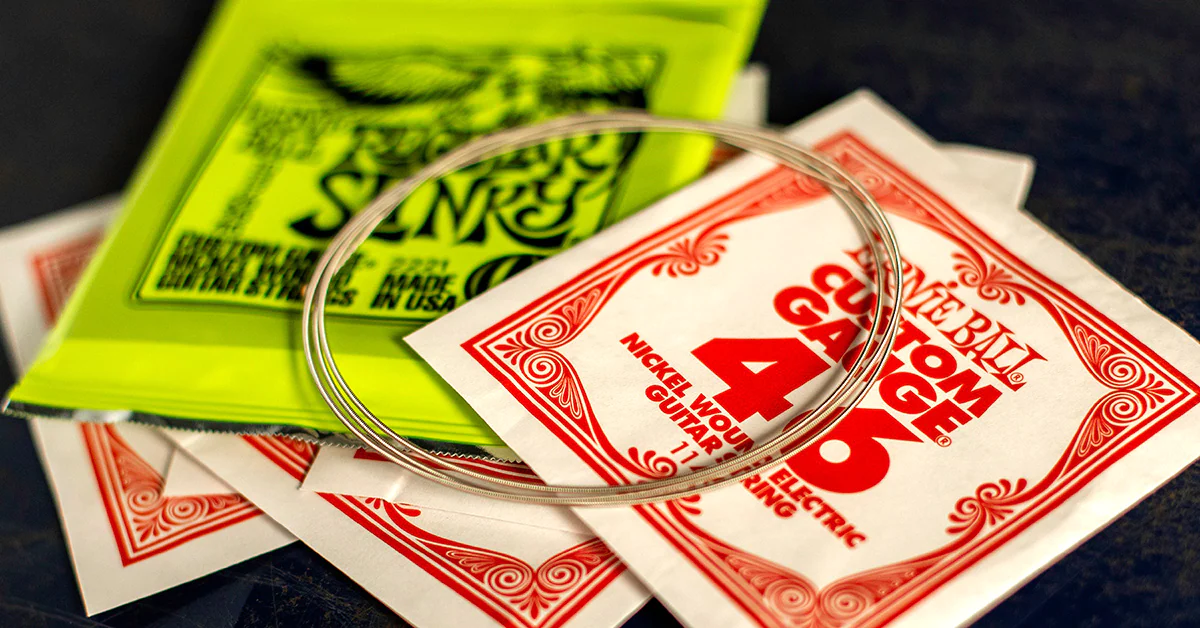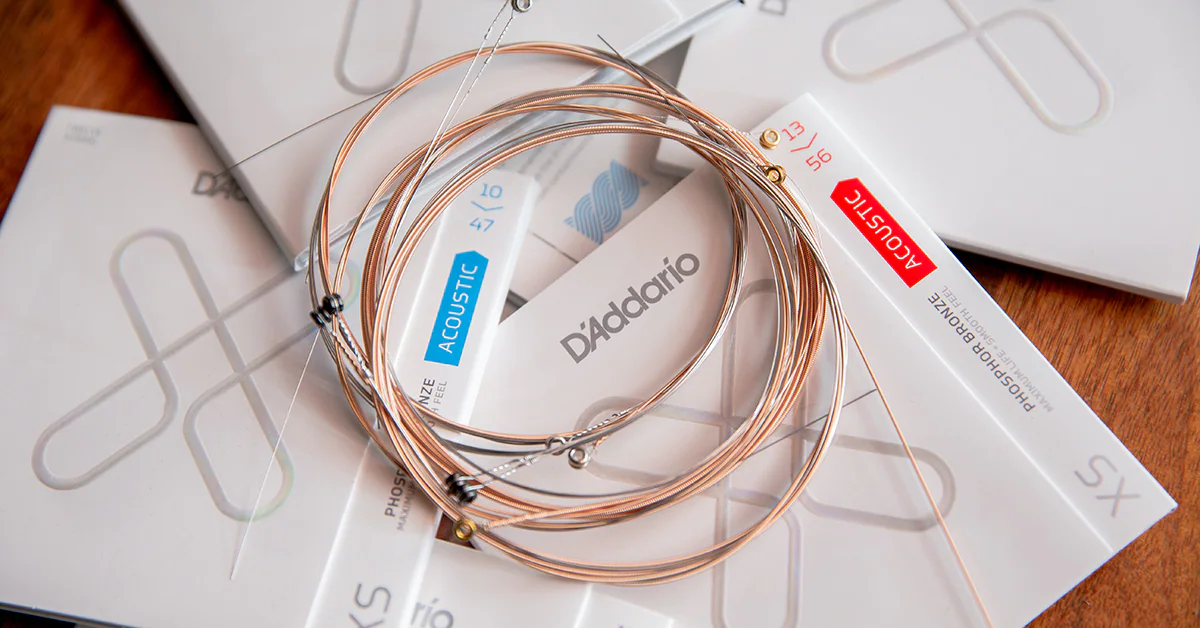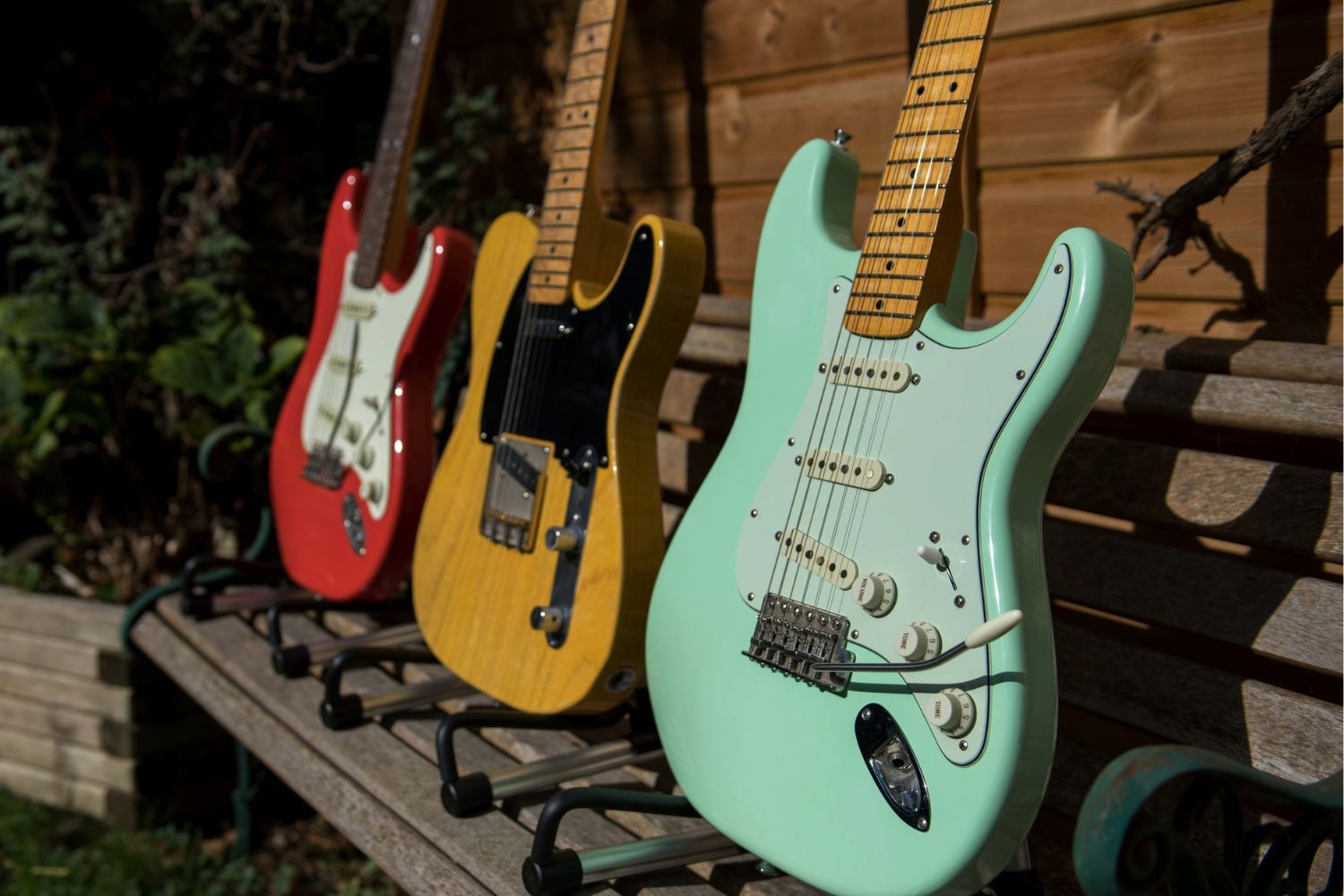Introduction
Electric guitars are incredibly versatile instruments, capable of producing a wide range of sounds and tones. While they are commonly associated with rock and roll, blues, and other genres, with the right techniques, it’s possible to make an electric guitar sound like a steel guitar. This can add a unique and captivating dimension to your music, creating a distinctive and evocative sound that sets your playing apart.
Whether you’re aiming for a classic country twang or a more contemporary steel guitar sound, there are several methods you can employ to achieve this effect. From adjusting your equipment to experimenting with different playing techniques, the possibilities are vast. By exploring these techniques, you can unlock new creative avenues and expand your sonic repertoire.
In this guide, we’ll delve into the various approaches you can take to make your electric guitar emulate the resonant and emotive qualities of a steel guitar. From equipment choices to playing techniques, each aspect plays a crucial role in shaping the final sound. By understanding and implementing these techniques, you can infuse your music with the rich, shimmering tones typically associated with steel guitars.
Choosing the Right Equipment
When aiming to replicate the distinct timbre of a steel guitar with an electric guitar, selecting the appropriate equipment is paramount. The following considerations can significantly influence the outcome:
- Pickups: The type of pickups in your electric guitar can profoundly impact its sound. Single-coil pickups, such as those found in Fender Stratocasters, are often favored for emulating the twangy, bright tones of a steel guitar. Their crisp and articulate sound can closely resemble the characteristics of a steel guitar’s pickups.
- Amplifiers: The amplifier you use plays a crucial role in shaping the final sound of your electric guitar. Tube amplifiers, known for their warm and responsive nature, can help replicate the organic resonance associated with steel guitars. Additionally, using a clean channel with minimal distortion can better emulate the pure, clear tones of a steel guitar.
- Effects Pedals: Utilizing effects pedals can further refine the sound of your electric guitar. Reverb and delay pedals can add spaciousness and depth, mimicking the ambient quality of a steel guitar’s sound. Additionally, compression pedals can help sustain notes, akin to the prolonged sustain characteristic of steel guitars.
- Strings: Opting for lighter gauge strings can contribute to achieving the characteristic twang and responsiveness associated with steel guitars. Lighter strings are easier to bend and manipulate, facilitating the emotive slides and bends integral to steel guitar playing.
By carefully considering and selecting the appropriate equipment, you can lay a solid foundation for replicating the resonant and evocative qualities of a steel guitar with your electric instrument.
Adjusting the Tone and Volume Controls
Effectively utilizing the tone and volume controls on your electric guitar and amplifier is instrumental in emulating the characteristic sound of a steel guitar. By understanding how these controls influence the instrument’s timbre and dynamics, you can achieve a more authentic steel guitar-like resonance.
Adjusting the tone controls on your electric guitar can significantly impact its sound. Rolling off the treble and increasing the bass and midrange settings can soften the overall tone, lending it a warmer and mellower quality akin to the sound of a steel guitar. Experimenting with these settings can help you find the sweet spot that closely resembles the resonant and emotive characteristics of a steel guitar.
Similarly, the volume control on your electric guitar can be manipulated to alter the instrument’s dynamics and response. Rolling back the volume slightly can smooth out the attack of each note, resulting in a more fluid and expressive sound reminiscent of a steel guitar. Additionally, adjusting the volume knob in real-time while playing can yield nuanced variations in tone, allowing you to infuse your performance with the dynamic swells and fades associated with steel guitar playing.
When it comes to the amplifier, making subtle adjustments to the tone and volume settings can further refine the electric guitar’s sound. Experimenting with the amplifier’s EQ settings to emphasize the midrange frequencies can help sculpt a more vocal and resonant timbre, closely mirroring the tonal characteristics of a steel guitar. Additionally, dialing in a touch of natural, tube-driven overdrive can add warmth and harmonic richness to the sound, enhancing its similarity to a steel guitar’s organic and responsive nature.
By judiciously manipulating the tone and volume controls of both your electric guitar and amplifier, you can fine-tune the instrument’s sonic characteristics to closely emulate the evocative and shimmering tones of a steel guitar.
Using a Slide
Employing a slide, also known as a bottleneck, is a quintessential technique for achieving the distinctive sound of a steel guitar on an electric guitar. The slide, typically made of glass, metal, or ceramic, is worn on the fretting hand’s finger and is used to glide over the strings, producing smooth and emotive glissando effects.
When using a slide to emulate the sound of a steel guitar, it’s essential to approach the instrument with a different mindset. Instead of fretting specific notes as you would conventionally, the slide allows you to create seamless transitions between pitches, akin to the characteristic slides and bends associated with steel guitar playing.
One fundamental aspect of using a slide effectively is maintaining proper intonation. Ensuring that the slide is positioned directly above the frets, rather than in the spaces between them, is crucial for producing accurate and articulate pitches. This technique facilitates the creation of fluid and expressive melodies, evoking the soulful and resonant quality synonymous with steel guitar performances.
Furthermore, experimenting with different slide techniques, such as vibrato and subtle finger movements, can add depth and nuance to your playing, enhancing the emotive and evocative qualities of the steel guitar sound. By incorporating these techniques into your playing, you can infuse your electric guitar performance with the soul-stirring nuances characteristic of steel guitar music.
Ultimately, mastering the art of using a slide on the electric guitar is a transformative endeavor, allowing you to channel the poignant and shimmering tones of a steel guitar, while adding a layer of expressiveness and emotional depth to your playing.
Experimenting with Different Playing Techniques
Exploring diverse playing techniques on the electric guitar is pivotal in replicating the resonant and evocative qualities of a steel guitar. By incorporating the following approaches into your playing, you can enrich your sonic palette and capture the essence of steel guitar music:
- Bending and Vibrato: Emulating the expressive bends and subtle vibrato characteristic of steel guitar playing can imbue your electric guitar performance with a nuanced and emotive quality. Mastering controlled and fluid string bends, as well as tasteful vibrato, can evoke the soulful and shimmering tonal nuances associated with steel guitar music.
- Open Tunings: Experimenting with open tunings, such as Open D or Open G, can yield a rich and resonant sound reminiscent of steel guitar timbres. These tunings facilitate the creation of lush, open chords and harmonically rich voicings, enhancing the instrument’s capacity to evoke the emotive and expansive qualities of a steel guitar.
- Fingerpicking and Hybrid Picking: Utilizing fingerpicking and hybrid picking techniques can yield a more organic and nuanced sound on the electric guitar. By incorporating these approaches, you can evoke the intricate and cascading arpeggios commonly associated with steel guitar performances, adding a layer of expressive depth to your playing.
- Dynamic Control: Mastering dynamic control is essential for capturing the expressive nuances of steel guitar music. Practicing subtle volume swells, crescendos, and diminuendos can infuse your playing with the ebb and flow characteristic of steel guitar performances, enhancing the instrument’s capacity for emotive and evocative expression.
By embracing and honing these varied playing techniques, you can expand the sonic possibilities of your electric guitar, capturing the poignant and resonant qualities synonymous with the evocative allure of steel guitar music.
Conclusion
Emulating the evocative and resonant qualities of a steel guitar on an electric guitar is a multifaceted endeavor that encompasses equipment selection, playing techniques, and a deep understanding of sonic nuances. By carefully choosing the right equipment, including pickups, amplifiers, effects pedals, and strings, you can lay the foundation for capturing the shimmering and emotive tones associated with steel guitars.
Furthermore, judiciously adjusting the tone and volume controls on both the electric guitar and amplifier can refine the instrument’s sonic characteristics, bringing it closer to the organic and responsive nature of a steel guitar’s sound. Utilizing a slide and experimenting with diverse playing techniques, such as bending, open tunings, and dynamic control, can further enrich the instrument’s sonic palette, allowing you to channel the soul-stirring qualities of steel guitar music.
Ultimately, the pursuit of making an electric guitar sound like a steel guitar is a journey of exploration and expression. By delving into the nuances of tone, dynamics, and playing techniques, you can unlock a world of sonic possibilities, infusing your music with the captivating allure of steel guitar resonances. Whether you’re aiming to evoke the classic twang of country steel guitar or the ethereal shimmer of ambient steel guitar textures, the techniques and insights explored in this guide can serve as a springboard for your creative endeavors, enriching your sonic repertoire and imbuing your music with a distinctive and emotive character.







